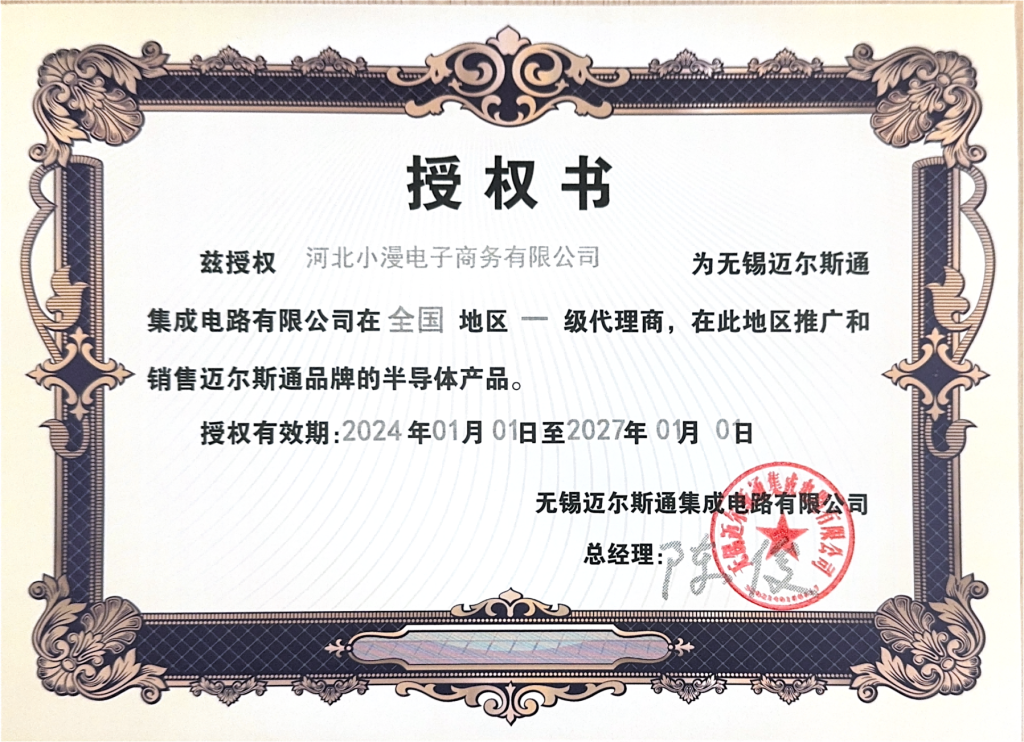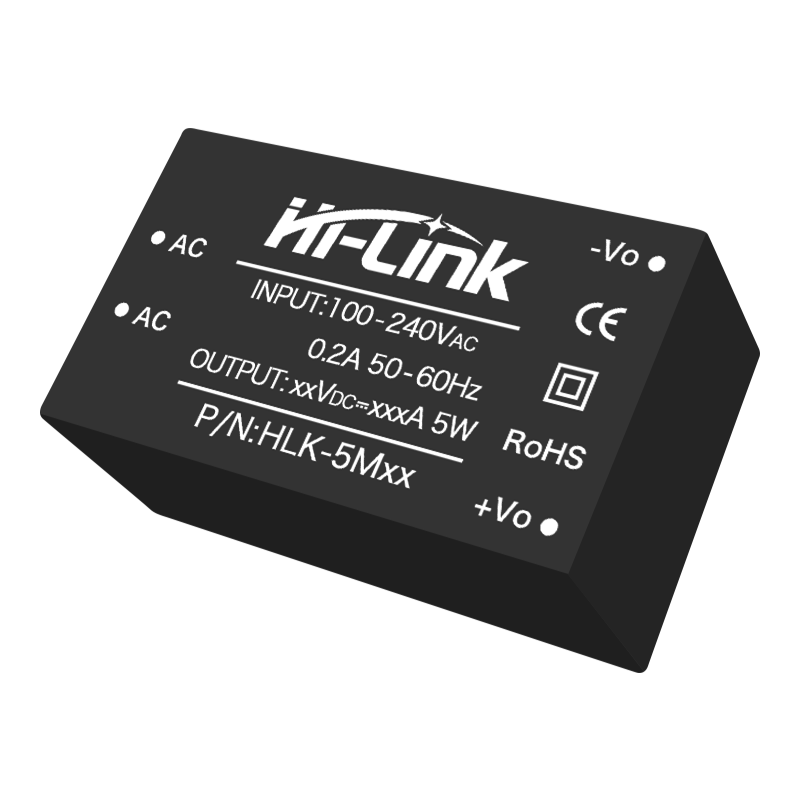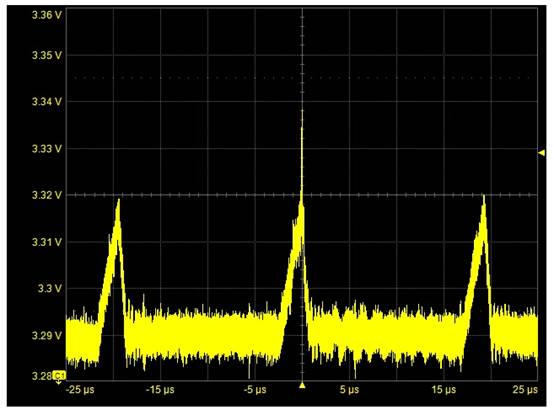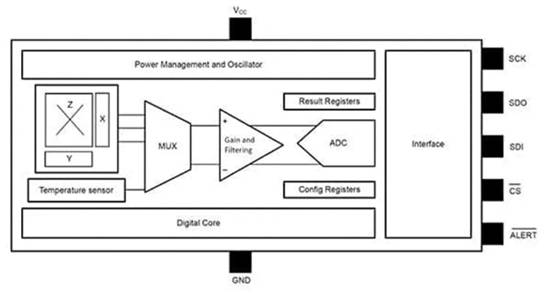奇特电气功能石墨被承认
ExoTIc Electric ProperTIes of Graphene Confirmed
ScienceDaily (Nov. 18, 2009) — First, it was the soccer-ball-shaped molecules dubbed buckyballs. Then it was the cylindrically shaped nanotubes. Now, the hottest new material in physics and nanotechnology is graphene: a remarkably flat molecule made of carbon atoms arranged in hexagonal rings much like molecular chicken wire.
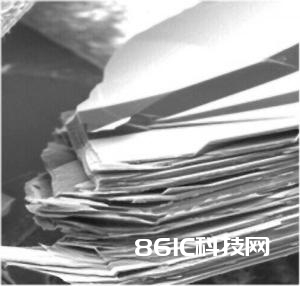
Graphene layers are found in graphite flakes like those from pencil lead. (Credit: Kirill Bolotkin)
Not only is this the thinnest material possible, but it also is 10 TImes stronger than steel and it conducts electricity better than any other known material at room temperature. These and graphene’s other exoTIc properties have attracted the interest of physicists, who want to study them, and nanotechnologists, who want to exploit them to make novel electrical and mechanical devices.
“There are two features that make graphene exceptional,” says Kirill Bolotin, who has just joined the Vanderbilt Department of Physics and Astronomy as an assistant professor. “First, its molecular structure is so resistant to defects that researchers have had to hand-make them to study what effects they have. Second, the electrons that carry electrical charge travel much faster and generally behave as if they have far less mass than they do in ordinary metals or superconductors.”
Bolotin has been directly involved in the efforts to manufacture and characterize this exotic new material as a post-doctoral fellow in the laboratory of Philip Kim at Columbia University. In a paper published last week in the journal Nature, he and his Columbia colleagues report that they have managed to clean up graphene enough so that it exhibits a bizarre electrical phenomenon called the fractional quantum Hall effect, where the electrons act together to create new particles with electrical charges that are a fraction that of individual electrons.
Although graphene is the first truly two-dimensional crystalline material that has been discovered, over the years scientists have put considerable thought into how two-dimensional gases and solids should behave. They have also succeeded in creating a close approximation to a two-dimensional electron gas by bonding two slightly different semiconductors together. Electrons are confined to the interface between the two and their motions are restrained to two dimensions. When such a system is cooled down to less than one degree above absolute zero and a strong magnetic field is applied, then the fractional quantum Hall effect appears.
Since scientists figured out how to make graphene five years ago, they have been trying to get it to exhibit this effect with only marginal success. According to Bolotin, the Columbia group figured out that interference from the surface the graphene was sitting on was the problem. So they applied semiconductor lithography techniques to suspend ultraclean graphene sheets between microscopic posts above the surface of semiconductor chips. When they cooled this configuration down within six degrees of absolute zero and applied a magnetic field, the graphene generated a robust quantum Hall effect as predicted by theory.
The best way to understand this counterintuitive effect is to think of the electrons in graphene as a forming a (very thin) sea of charge. When the magnetic field is applied, it generates whirlpools in the electron fluid. Because electrons carry a negative charge, these vortices have a positive charge. They form with fractional charges such as one-third, one-half and two-thirds that of an electron. These positive charge carriers are attracted to and attach to the conduction electrons, creating quasi-particles with fractional charges.
Understanding the electrical properties of graphene is important because, unlike the other materials used by the electronics industry, it remains stable and conductive down to the molecular scale. As a result, when the current silicon technology reaches it’s a fundamental miniaturization limit in coming years, graphene could very well take its place.
Meanwhile, some theoretical physicists are interested in graphene for a totally different reason: It provides a new way to test their theories.
As electrons move through ordinary metals, they interact with the electrical fields produced by the lattice of metal atoms, which push and pull them in a complex fashion. The net result is that the electrons act as if they have a mass different from that of ordinary electrons. So physicists call this an “effective mass” and consider them to be quasiparticles. When traveling through graphene they also act as quasiparticles, but they behave as if they have a mass of zero. It turns out that graphene quasiparticles, unlike those in other materials, obey the rules of quantum electrodynamics, the same relativistic equations that physicists use to describe the behavior of particles in black holes and high-energy particle accelerators. As a result, this new material may allow physicists to conduct tabletop experiments that test their theoretical models of some of the most extreme environments in the universe.
The research was supported by grants from Microsoft Project Q, the Defense Advanced Research Project Agency and the Department of Energy.
Graphene 的异国电产业承认
ScienceDaily- (2009 年十一月 18 日)首要,它是足球-配音 buckyballs 的球形的分子。然后它是圆筒形地成形的奈米管。现在,在物理学和纳米技能的最热的新资料是 graphene:一粒明显平整的以碳制成的分子原子在多像分子的鸡肉电线相同的六角形的戒指中组织了。
Graphene 层在石墨被发现像那些样从铅笔领引脱落。(信誉: Kirill Bolotkin)
不只是这最薄的资料或许的,可是它也比钢健壮 10 倍,并且它引导在室温比任何其他的已知资料好的电力。这些并且 graphene 其他异国的特性现已招引想要学习他们的物理学者的爱好和 nanotechnologists ,他[她] 想要开发他们制作别致的电、机械的设备。
” 有两个让 graphene 特别的特征 ” , Kirill Bolotin 说,他[她] 才和物理学和天文学的范德比尔特部分成为一个助理教授。”榜首,它的分子结构是如此抵挡的对缺陷哪一研讨员现已有必要给-使学习的他们成为他们有什么作用。其次,携带电的费用游览的电子十分快速的并且一般举动如同他们远远地有不如他们在往常的金属或超导体中做得群众的。”
为了在哥伦比亚大学的菲力浦 Kim 的试验室制作并且把这异国的新资料视为一个后博士的人 Bolotin 现已直接地被牵涉。在一张在天然期刊中被揭露上星期的纸中,他和他的哥伦比亚搭档陈述他们现已设法收拾 graphene 足够以便它展示一种奇特的电现象─被以为微少分配量是门厅作用,电子举动一重用单个电子是一个分数那的电的费用发生新粒子。
尽管 graphene 是现已被发现的首要真实二维水晶的资料,可是数年以来,科学家把相当多的主意放入二维的瓦斯和固体应该怎么举动。他们一同现已也成功地对会接的一种二维电子瓦斯发明一个挨近的近似值两个些微不同的半导体。电子盘据二个和他们的运动之间的接口是克己的至两尺度。当如此的一个体系被冷却降到少于一度在绝对零度上面并且一个健壮的磁场被使用,其时微少分配量门厅作用呈现。
自从科学家了解该怎么五年前制作 graphene ,他们一向测验拿用只要边际的成功展示这一作用的它。按照 Bolotin ,哥伦比亚小组从 graphene 坐下的外表了解那抵触了在是问题之上。因而他们使用了半导体石版印刷术技能在半导体薯条的外表上面在显微镜的职位之间间断 ultraclean graphene 床布。当他们冷却了在绝对零度的六度里边下降的这一个结构,并且使用了一个磁场, graphene 发生了健旺分配量门厅如理论所猜测的作用。
了解这反直觉的作用最好的方法为在 graphene 中想到电子作为一构成费用的海洋(十分瘦的)。当磁场被使用,它在电子液体中发生漩涡。由于电子传达一项否定的费用,这些旋涡有一个阳电荷。他们以微少的费用构成如此的作为三分之一,一-一半和三分之二电子的。这些个阳电荷运送者对传导电子被招引到并且附上,发明似乎是粒子的与微少的费用。
了解 graphene 的电产业很重要由于,不像被电子学业用的其他资料,它对分子的刻度仍然安稳、传导性向下。成果,当现在的矽技能抵达它在未来的数年中是一个根本的小型化边界, graphene 会十分涌出替代它。
一起,一些理论上的物理学者由于彻底不同的理由对 graphene 感爱好:它供给一个新方法测验他们的理论。
由于电子移动过往常的金属,他们与被金属制原子的格子出产的电场互动,推并且在一种杂乱的盛行中拉他们。净成果是电子举动如同他们往常电子的那让块不同的。因而物理学者以为这是 ” 有用的块 ” 并且考虑他们是 quasiparticles 。当游览过 graphene 他们也担任 quasiparticles ,可是他们举动如同他们有很多的零。它把 graphene quasiparticles ,不像在其他资料的那些,服从分配量电气力学的规矩关掉,相同的相对主义的持平物理学者使用在黑色洞描绘粒子的行为和高动力粒子加快者。成果,这新资料或许让物理学者引导测验他们的一些世界中最极点的环境的理论上模型的桌上用的试验。
研讨由授与从微软计画 Q 所援助了,行进研讨计画代理商和动力部的防卫。



